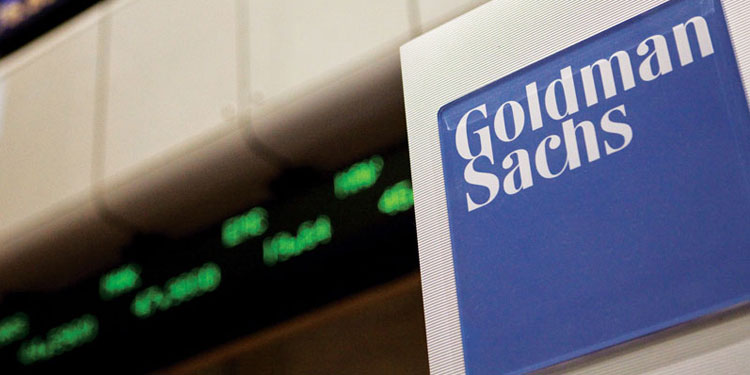
Currie stated that owing to their volatility, copper and Bitcoin both function as “risk-on assets,” suitable for hedging, but gold is a more steady “risk-off” hedge:
“Digital currencies are not a gold alternative. They are pro-risk, risk-on assets, and might even be used as a replacement for copper. They are not risk-off inflation hedges, but rather risk-on inflation hedges.”
Currie further said:
“You look at the link between Bitcoin and copper, or a gauge of risk profile and Bitcoin, and we have got a 10-year trading history on Bitcoin — it’s obviously a risk-on asset,” Currie continued. Currie’s remarks follow the recent crypto bear market, which has witnessed Bitcoin’s price plummet by 37 percent in only a few weeks, as per CoinGecko, from over $57,000 on May 12 to approximately $36,000 today.
Ethereum has suffered a similar beating, falling 39.58% from roughly $4,300 on May 12 to about $2,598 while writing this article. Copper prices have been quite volatile in 2021. It started at $3.56 on January 3 and increased to $4.30 by February 24. From March through May 10, the price ranged between $3.50 and $4.00, until breaking out to $4.80 on May 10. The current price is $4.65. Currie emphasized that “there is good inflation and bad inflation,” both of which are hedged by various assets, and that “good inflation is when demand pulls it.” Bitcoin, copper, and oil, he claims, are hedges against this sort of inflation. However, consider the following:
“Gold protects against bad inflation by limiting supply, which is now centered on semiconductor, commodity, and other forms of input raw materials shortfalls. And you’d want to hedge your bets with gold.” In an April note, Goldman Sachs CEO Lloyd Blankfein argued that Bitcoin can’t yet be considered digital gold because it’s “susceptible to forfeiting store-of-value demand to some other, better-designed virtual currency,” adding, “We believe it is too premature for Bitcoin to keep pace with gold for safe-haven demand — and the two can exist side by side.”
As per TradingView, gold is on a rising trend since April 1, rising from $1686 to $1900 at the time of writing. Currie noted in a Monday letter that he thinks commodities with practical uses are the greatest hedge against inflation since they depend on demand rather than rates of growth:
The note further read:
“Commodities are spot assets that are based on the current amount of demand versus the current level of supply, rather than on projected rates of growth. Hence, they protect against unforeseen short-term inflation, which occurs when collective demand exceeds supply in the final stages of the business cycle.”